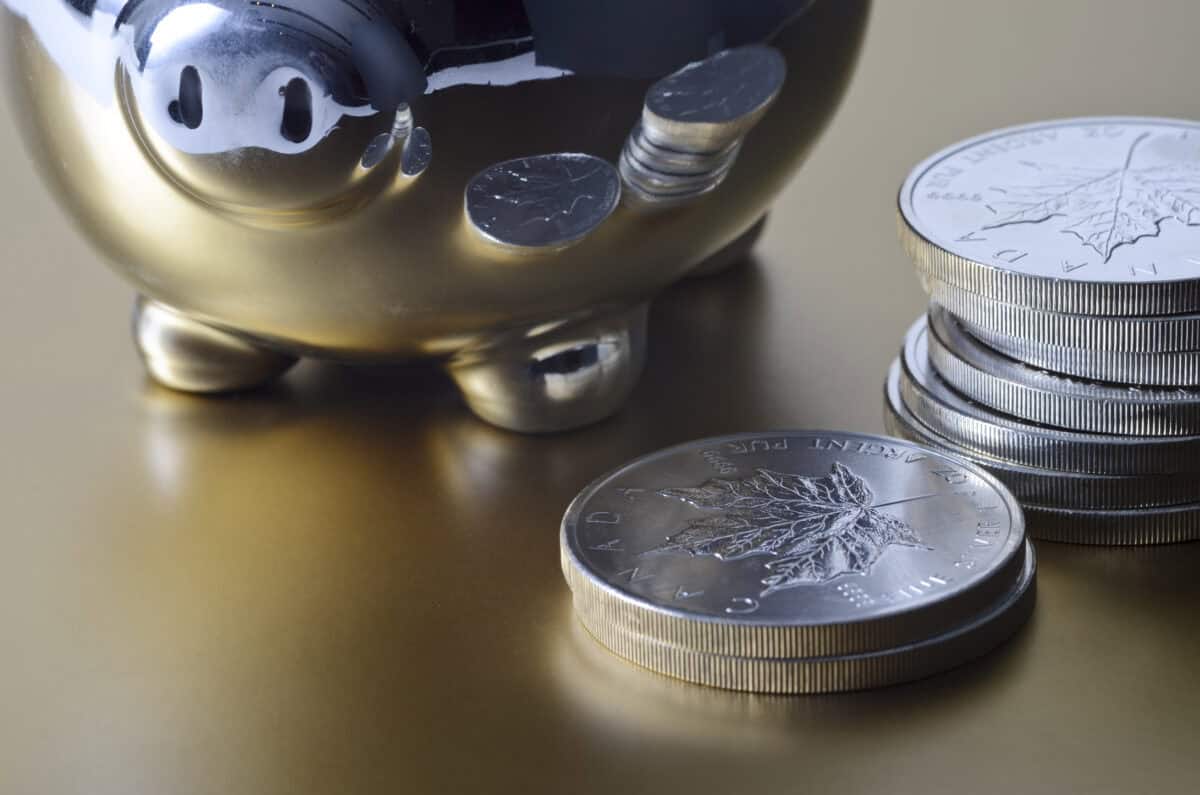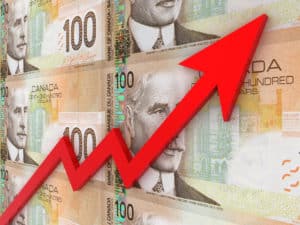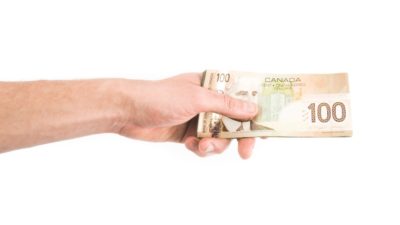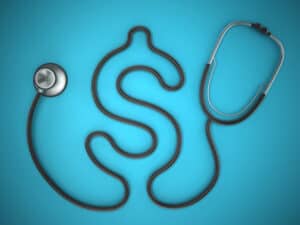BCE Inc (TSX:BCE) and Enbridge (TSX:ENB) are two of Canada’s highest-yielding large cap stocks. The former yields 8.3% at today’s prices, while the latter yields 6.9%. Looking at nothing but the yield, you’d probably surmise that BCE was the better buy, but think again. Although BCE has far more yield than ENB has going by last year’s dividends, Enbridge has a better dividend growth track record. It also has a somewhat lower payout ratio than BCE has, meaning that its dividend is better covered by profit. In this article, I will explore BCE and Enbridge side by side, so you can decide which is a better fit for your dividend portfolio.
BCE Inc
The main thing that BCE has going for it, compared to Enbridge, is a higher dividend yield. It pays a dividend of $1 per share per quarter, or $4 per share per year. At today’s stock price of $48, the yield is 8.3%. Also, as a Canadian telco, BCE enjoys minimal competition. Canada’s CRTC does not allow foreign telcos into the country, which ensures that domestic telcos enjoy a lot of pricing power. Although this fact results in Canadians paying some of the highest TV and phone bills in the world, it does produce a lot of profit for the telco operators.
The problem with BCE is basically everything else. The company’s most recent earnings were not very good. Some select metrics from the release are shown below:
- Revenues: $6.1 billion, down 1%.
- $604 million in net income, up 52%.
- Adjusted net income: $712 million, down 1.4%.
- Cash from operations: $2.1 billion, down 9.6%.
- Free cash flow: $1.1 billion, up 8%.
It was a mixed bag. The rising free cash flow and net income were very welcome, but most earnings metrics other than net income (operating income, earnings before tax, etc) grew only very slightly. It looks like unrealized gains or perhaps a deferred tax may have been responsible for the big Q2 jump in net income. If so, we would not expect the gain to recur into the future.
The long-term story is fairly similar: over the last five years, BCE’s revenue, earnings, and free cash flow have compounded at the following rates:
- Revenue: 0.8%.
- Earnings: -7.9%.
- Levered free cash flow: -4.8%.
These are all per year figures: the cumulative five-year results are worse. Last but not least, BCE’s free cash flow payout ratio is 131%, meaning the company pays out more in dividends than it earns in cash.
Enbridge
As for Enbridge, it has many advantages over BCE. It is an economically indispensable part of North America’s economy, meaning that it will always have a lot of business. It supplies 30% of North America’s crude oil and 75% of Ontario’s natural gas. It has fewer competitors than BCE does. Its earnings-based payout ratio is under 100%. While its free cash flow payout ratio is a bit above 100%, it isn’t as high as BCE’s. Finally, its earnings are up slightly over the last five years, while BCE’s are down. While neither Enbridge nor BCE is my favourite stock, I slightly prefer the former.









